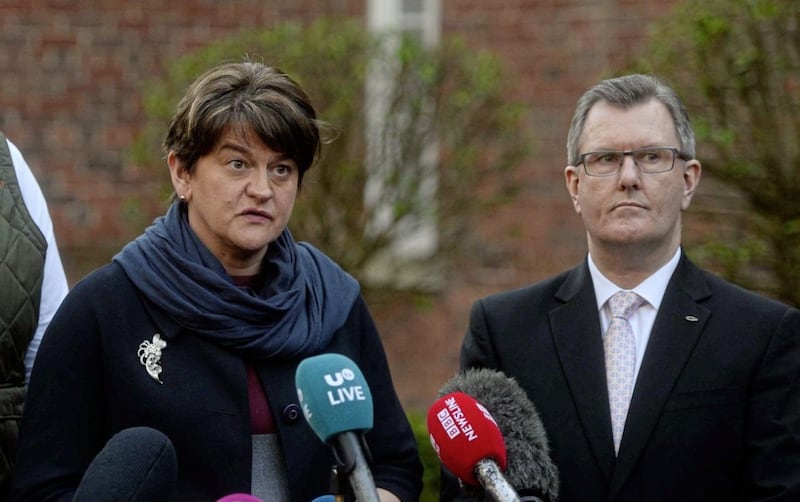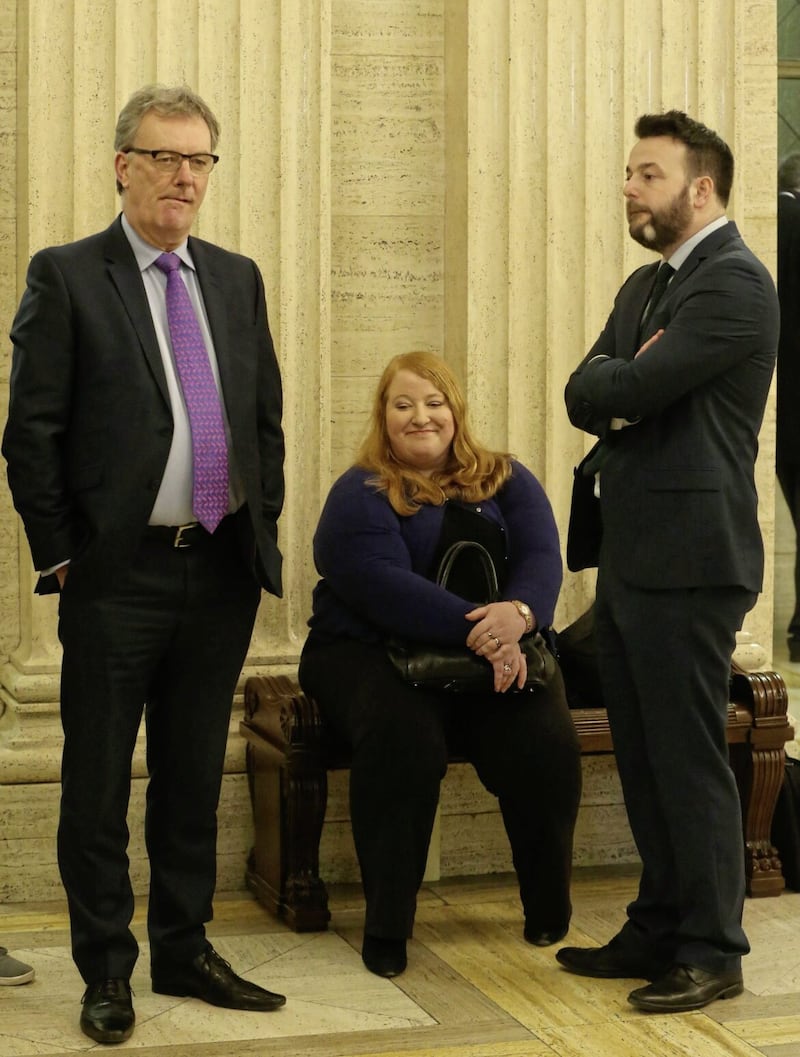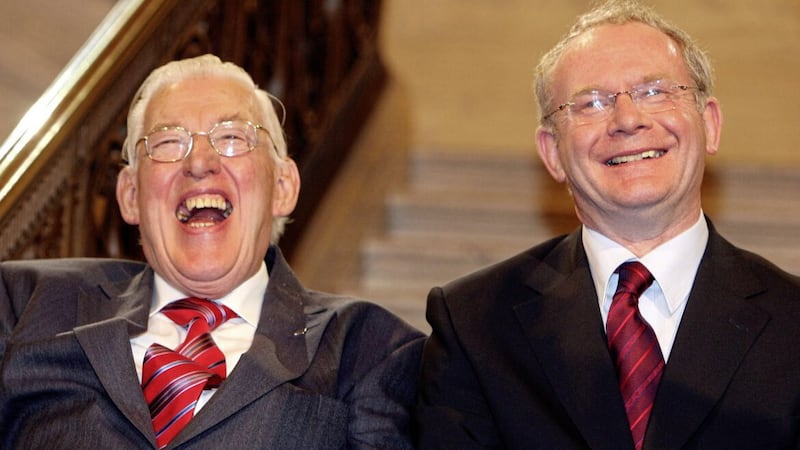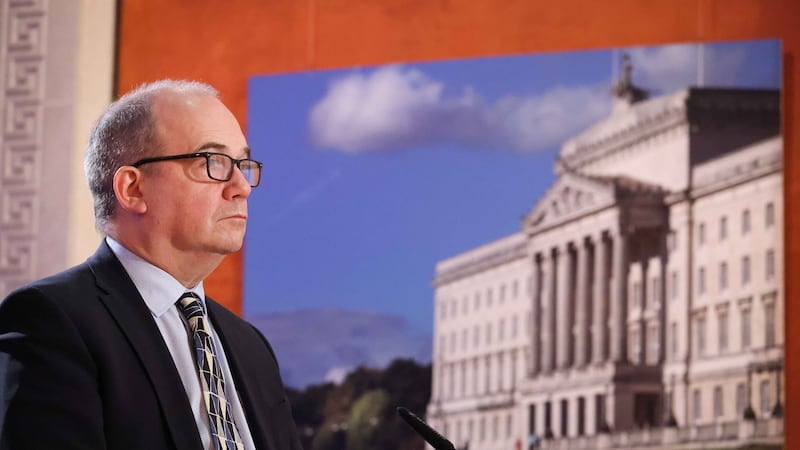SUNDAY will mark 20 years since the historic Assembly election that saw Sinn Féin and the DUP become the largest parties of nationalism and unionism.
It is hard to think back to a time when the SDLP and the UUP were the lead parties for Northern Ireland. It is also now getting difficult to remember when we had genuinely competitive politics within the main constitutional folds.
A few figures bring home the scale of how much political change started from the 2003 Assembly election.
Read more:
- The route to a border poll goes through Naomi Long - David McCann
- David McCann: Sinn Féin in strongest position but DUP steadily regaining support - poll
- David McCann: Northern Ireland isn't working – non-voters hold the power to shake up our political system
SDLP a big loser
One of the biggest losers of the election was the SDLP, shedding six seats and falling from first place in the popular vote to fourth. Even with this major setback the SDLP still commanded around 42 per cent of the nationalist vote and was competitive with its main rival Sinn Féin in a host of constituencies.
Fast forward to 2022, the SDLP now holds just 22 per cent of the nationalist vote with Sinn Féin at 75 per cent. In places where it was competitive in 2003, the SDLP now trails its main rival by substantial margins.
The picture within unionism has also improved for the DUP. In 2003, the party broke an important threshold by taking 50 per cent of the combined unionist vote, but only narrowly came ahead of its main rival, the UUP, by just three seats.
However, the UUP total included MLAs such as Arlene Foster and Jeffrey Donaldson who would later defect to the DUP. In 2022, even in a weakened position, the DUP holds 16 more seats in the assembly than its main unionist rival. It has also at every Assembly election since 2003 won a majority of the combined unionist vote.

The only party that floundered in the 2003 election that has in any way rebounded has been Alliance. 2003 was a disaster for Alliance, taking less than 4 per cent of the vote whilst delivering a Houdini performance of holding all six of its seats.
However, significantly for the future of the party, it was at this election that future leader Naomi Long came into the Assembly. Today it has 17 seats and commands just under 14 per cent of the vote. More significantly, the “other” designation has grown in strength since 2003, rising from just 6 per cent of the total Assembly to 20 per cent in 2022.
We are still living with the consequences of this historic election today. What is more than slightly depressing is also that the talking points are very similar to talk of the need for a “fair deal” for unionism and the lack of a pathway forward to restore devolution. The more things change, the more they stay the same.
Read more:
- David McCann: DUP needs to regain its mojo and take unionism down new roads
- Newton Emerson: The DUP could pull off a 'Windsorsceptic' return to Stormont – but does it have the nerve?
And even though the agenda has not completely moved on, the lack of electoral competition is something that should give us all pause for thought.
Sinn Féin and DUP moved beyond fringes
For two decades, the DUP and Sinn Féin have successfully been able to maintain and build up the gains they made in 2003. The mandate gifted to them by the public has not in any meaningful way been rescinded. Both parties have successfully and pragmatically moved from being on the fringes to the mainstream of their respective constitutional blocs.
The UUP and SDLP have continued to falter and decline. Aside from one or two exceptions, the decline of both has been consistent and shows no signs of abating if recent polls are accurate. Nearly two decades on from the first breach of their electoral defences, they still cannot find that magic formula that engages with the public.

2003 was a change year in Northern Ireland, where the political leaderships of unionism and nationalism were upended completely, and Alliance was left contemplating its very existence.
Two decades later, the public is still content with Sinn Féin and the DUP, with Alliance now taking the change mantle.
Elections have consequences and the impact of the 2003 election is still with us in November 2023.









